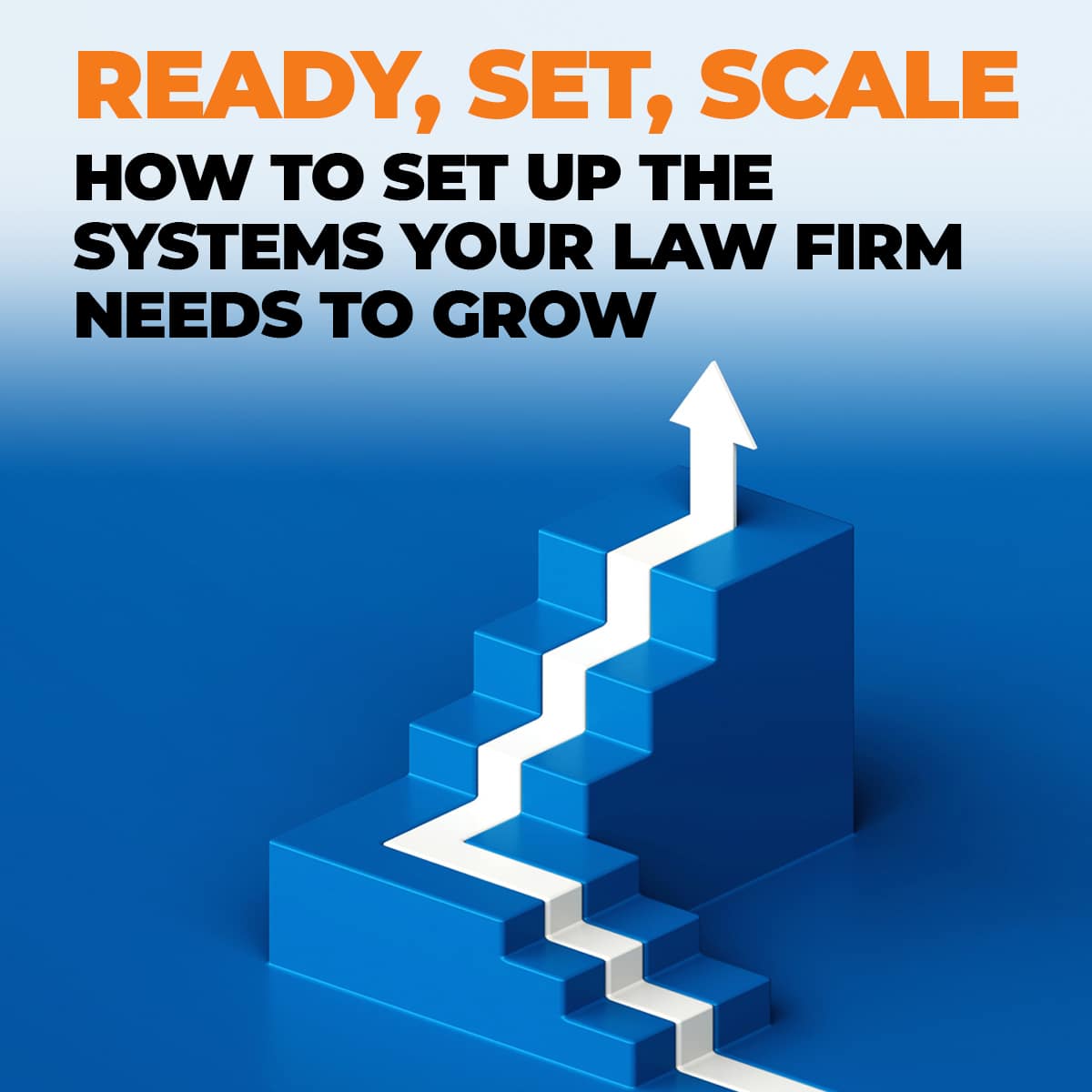Our law firm moved to a fixed-price legal services model in 2009. After 15 years of experience with this way of working, here are our seven lessons learned.

Table of contents
There is a huge interest in fixed-price legal services. We have new clients asking us for specific costs daily. According to recent research, two out of three law firm clients want flat fees, yet most firms persist with the long-maligned hourly rate model.
Indeed, in the Legal Trends Report’s corresponding survey of law firms, 97% offered hourly billing, while just 36% provided any type of fixed-fee arrangement.
Given that demand for fixed-price legal services work is double the current supply, making a move to fixed pricing or flat fees could bring your law firm a significant competitive advantage. (Not to mention the business benefits of simplified billing and more predictable budgets.) But given that hourly billing is so engrained in the legal profession — from how we charge clients to how we reward and motivate lawyers — it’s not always a simple transition.
Here are seven lessons we can share from our experience.
1. Start With a Complete Spinal Transplant
Again, acknowledge that the billable hour has been a core component of legal DNA, and consciously or unconsciously, that business model affects how your lawyers practice, how the staff views their positions, and what both sides consider success.
If you are ready to start the process, you — all of you — must shift your viewpoint from the conventional process of lawyering to the clients’ goals. Pardon the cliche, but it’s not about the journey, it’s about the destination. Clients do not hire you to start a patent application, search for prior art, revise the application and so forth; they hire you to get them patent protection.
While billable hours conditioned us to celebrate each of these steps, a fixed-price model prioritizes the client’s ultimate goals.
(Related reading: “Ethical Considerations for Flat Fee Billing” by Mark C. Palmer.)
2. Identify the Clients’ Goal Destinations
Draw on your team’s collective experience to make a list of the “destinations” your clients want to reach — in other words, their personal or business goals. For example, at an IP boutique like ours, this could include obtaining a design patent, a utility patent or trademark protection.
3. Determine Fair Pricing for Each Destination
For each of these destinations, determine a fair price your clients would be willing to pay. Don’t just rely on your own billing history for this. Review what is available on the market and ask some of your clients too.
Your fair prices should be competitive within the market, financially favorable to the firm, and achievable by your current workforce. Junior lawyers may cost you less on an hourly basis, but if they need considerably more time to complete assignments, you may be better served to dedicate more senior lawyers to certain projects.
Also, if you are going to break your goal-based pricing into stages, the stages should align with when clients make business decisions. The stages should not be based on when predictable attorney-known steps will happen. For example, with a trademark filing, everything related to a filing is one stage, but when there is an objection from the trademark office, there is new data that a client may want to consider as part of a business decision before proceeding. However, receiving the acknowledgment of receipt of the application from the Trademark Office is entirely predictable and should not trigger another stage in the project.
Finally, there is no accounting for third parties, so we still have some hourly projects, but we reserve them for litigation or licensing when we cannot account for how the third party will behave.
4. Launch Your Fixed-Fee Menu and Adapt
What if clients are not willing to pay what you’ve determined is a fair price? Stop doing those projects. It’s OK to decide not to do certain things if you cannot align the “market rate” with your own costs. Setting fair fixed prices is a great way to identify work you should choose not to do because you are losing money on it — clients simply may not be willing to pay the fair market value of that work.
5. Look for Efficiencies Through Technology and Staffing
Law firms with a strict hourly model tend to be slower to embrace technology; they fear certain efficiencies will threaten billable work — which then jeopardizes timekeepers’ salaries and bonuses. Fixed-fee firms, however, understand that the more expeditiously a matter can be handled, the more profitable it becomes.
What technology can increase your speed or capacity? At AEON Law, we switched from a manual trademark search and review process to an AI-optimized model where the first pass of the search results is collated and prioritized using AI analysis.
At the same time, what could be transferred from the lawyers’ desks to less expensive staff? The lawyers must handle the true work product, but delegate as much administrative work as possible. Get creative. We have paired each of our lawyers with internationally credentialed virtual assistants. The lawyers have dedicated staff resources at a fraction of the in-person or local price.
6. Change Your Compensation System
The unintended consequence of hourly billing is that it rewards lawyers who “pad” their billing, churn out unnecessary work, or send out multiple revisions. Fixed-fee models can align your lawyers’ and your clients’ interests, but it cannot happen without addressing how lawyers are paid.
Attorney compensation should correspond to the value of the projects they deliver to clients. Efficiency should be rewarded — they must be incentivized to deliver the best possible draft the first time. While every firm is different, this can be done through a balanced scorecard approach, commissions, or a transparent bonus program where lawyers can earn more money by achieving certain budget thresholds.
(Related reading: “The Best Law Firm Compensation Firms Use the Rule of Thirds” by Brooke Lively)
7. Safeguard Your Cash Flow
A wonderful side effect of the predictability of fixed prices is that it allows for more predictable accounting. We can now ask for payment at the beginning of a project as a signal to start doing the work, thereby reducing our accounts receivable and allowing the firm to scale more easily.
When done right, fixed-price models benefit all parties involved: Clients achieve their goals faster, lawyers are liberated from the chore of time-tracking and feel in control of their compensation and workload, and the firm itself eliminates the risk of aging accounts receivable.
It’s entirely possible — and our firm’s history is a testament to that — but it requires a willingness to experiment and a collective agreement to kill the billable hour.
Image © iStockPhoto.com.

Don’t miss out on our daily practice management tips. Subscribe to Attorney at Work’s free newsletter here >















